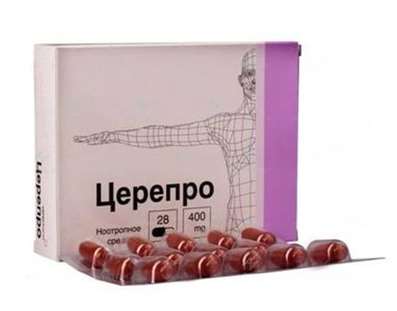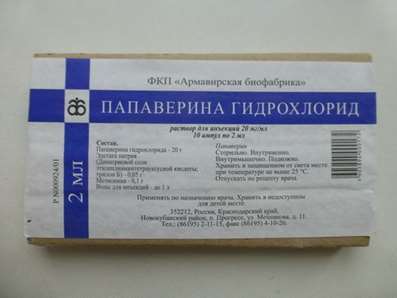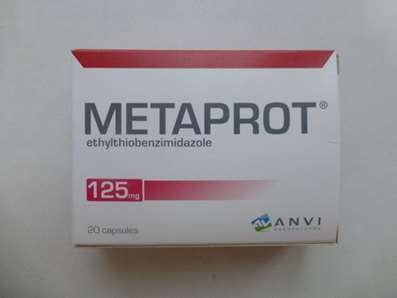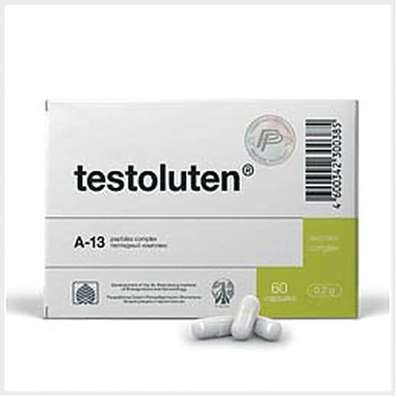Ursolic acid
19 Jan 2017
Ursolic acid is the pent acyclic triterpen connection found in many products of plant origin eaten.
During the researches devoted to search of means capable to help in case of an atrophy of the muscular tissue developing as a result of aging and emergence of various diseases, scientists paid attention to one chemical compound of a natural origin. It is about ursolic acid the substance found in an apple peel. According to researchers, this substance has every chance of forming the basis of creation of the medicines directed to the help to the people suffering from an atrophy of skeletal muscles.
"The atrophy of muscular tissue is a frequent companion of aging of people and various diseases. It prolongs the term of hospitalization of patients, slows down treatment process, and in certain cases doesn't give to doctors the chance to allow going home the patient. Now this disease remains poorly studied, and the medicine isn't able to offer effective ways of treatment of the people suffering from an atrophy of muscles" - Christopher Adams says (Christopher Adams, the employee of university of Iowa). You can also like Bonothyrk.
The group of researchers under the leadership of Christopher Adams decided to expand modern ideas of an atrophy of muscles and to find means which could resist to development of this disease effectively. Scientists analyzed changes of activity of genes of muscle cells which happen in the presence of the conditions promoting development of an atrophy of muscles. During the research 63 genes which change the activity on condition of starvation (both at people, and at mice), and 29 genes of the person which frame of reading moves in case of observance of the conditions stated above, and also in case of injury of a spinal cord were revealed.
By search of the agents capable to resist to development of a muscular atrophy, as a result of the analysis of 1 300 biologically active agents, authors of a research paid attention to ursolovy acid. "Ursolovy acid is very interesting biologically active compound. It is eaten by people within a normal food allowance as contains in an apple peel. There is such saying: "One apple a day – is also not present illnesses" - Christopher Adams says.
During the research of influence of ursolic acid on a condition of the atrophying muscular tissue authors used laboratory mice. It was established that ursolic acid as scientists assumed, is capable to resist to a muscular atrophy. After addition of ursolic acid in a food allowance of ordinary mice (for a week) body height of muscular tissue of the animals used in an experiment became perceptible.
Laboratory animals to whose ration added ursolic acid also got rid of excess weight, in their blood the level of maintenance of a glucose, cholesterol and triglycerides decreased. The received results say that ursolic acid is capable to exert beneficial influence on an organism when including it in a food allowance.
Now it is unknown whether it is possible to say that the results received during an experiment on laboratory mice will repeat at a research of influence of ursolic acid on a human body. During further work authors intend to establish what impact the acid stated above exerts on a human body. Throughout the first researchers the research set as the purpose confirmations anabolic potential ursolic acids. When ursolic acid was given about a nutrition to normal mice within 5 weeks, their muscles grew considerably grew and became more. Five-weeks course ursolic acids led to 15% to body height of muscles, than at control mice the acids which weren't receiving ursolic. The mice receiving ursolic acid considerably grew and became stronger, than control mice. Scientists confirmed it through a biopsy of muscles and the microscopically analysis, the actual thickening of muscle fibers occurred. Mice became stronger and quicker.
Anticatabolic properties
Scientists found out that ursolic acid reduces activity of catabolic genes of MuRF-1 and Atrogin-1 in muscle cells. These are two of the strongest genes connected with catabolic activity in muscles (disintegration of muscles). Ursolic acid exerts considerable impact on decrease in catabolic activity in muscle cells, reducing activity of the genes responsible for disintegration of muscles.
Anabolic properties
Researchers also found out that activity of a gene of IGF-1 (growth factor) increased and concentration of IGF-1 in blood also began to increase. IGF-1 is one of the most powerful anabolic hormones and ursolic acid increases activity of this gene and its concentration in blood.
Effects
Ursolic acid causes activation of the key anabolic hormones responsible for growth of muscles.
Ursolic acid "includes" receptors of IGF-1, Akt and S6K. Molecular activity signals to increase in synthesis of protein and cellular proliferation.
Ursolic acid is powerful biologically active connections which literally works in the different ways to switch off destruction of muscles and to accelerate growth of muscles.
In researches, scientists noticed that ursolic acid reduced fatty cages, cholesterol, and sugar level. All these positive properties help for decrease in excessive subcutaneous fat.
Safety and toxicity
Male fertility
Ursolic acid, at the use by rats in a dosage of 5 mg on body weight kg, caused sterility due to inhibition of a spermatogenesis ) In particular, it causes disturbance of bonds between cells which turn into a semen; the damaged cells form simplasta in a seed canaliculus, causing sterility. Substance doesn't cause long-term damage of testicles. At least, during one research in vitro it becomes perceptible that ursolic acid promoted depression of mobility of spermatozoon.
DNA
During one research it becomes perceptible that ursolic acid was capable to induce death of cells in endothelial cells at excess of concentration in 12,5 microns, and this mechanism of death was bound to an apoptosis; ruptures of DNA were noted in 6 hours after an incubation at the expense of p53. Ruptures of DNA were taped by in vivo at mice with deficiency of ApoE when mixing water from 10 microns or 30 microns of ursolic acid later.

 Cart
Cart





